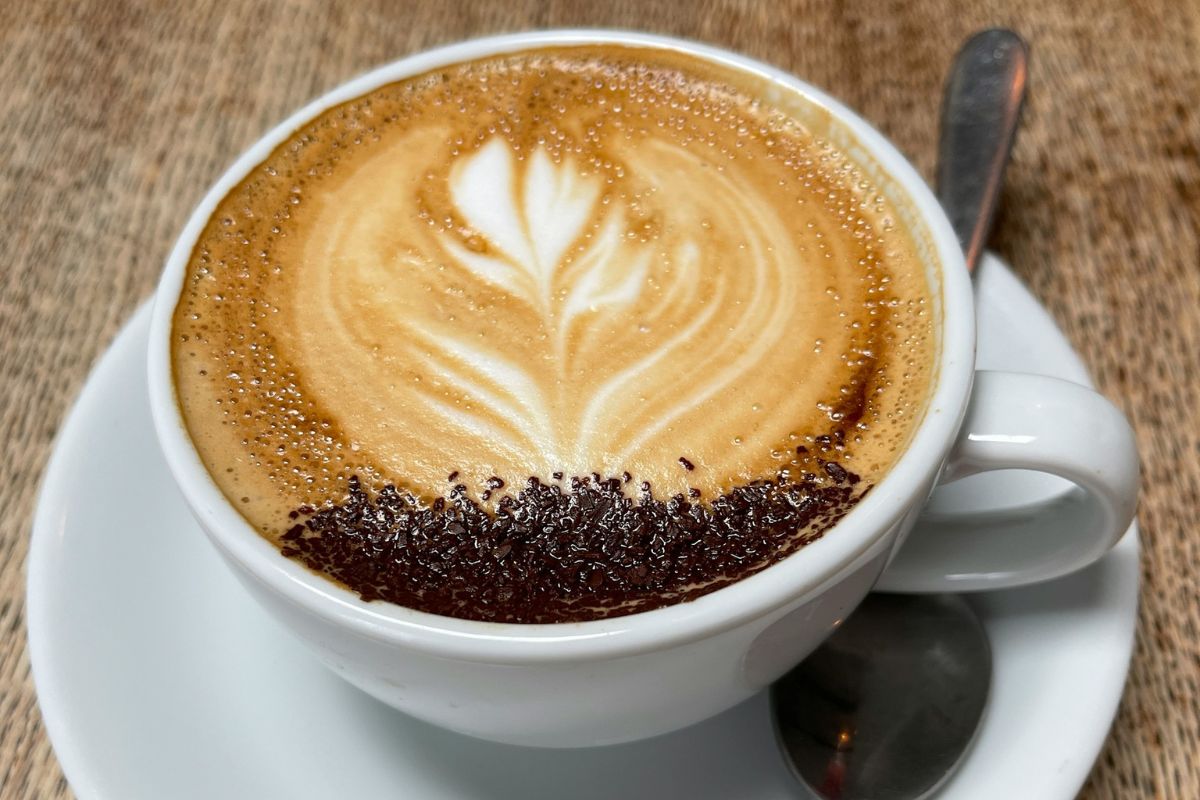What Happened to The Great American Buffet?
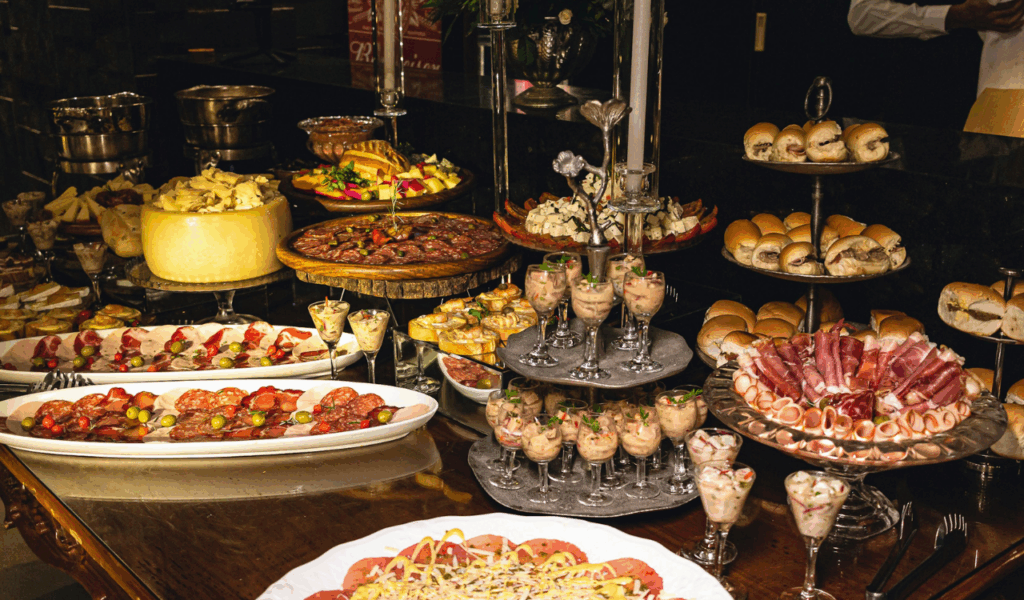
With its endless lines of food, plates stacked high, and the assurance that “you can eat as much as you like,” the American buffet—once one of the quintessential American dining experiences—is undergoing a reinvention, or in some cases, extinction. Buffets used to be commonplace, but their dominance has diminished. With data to support it, we’ll examine the buffet’s rise and fall, present issues, and potential modern resurgence in this piece.
The Rise and Fall: Buffets as an American Dining Icon
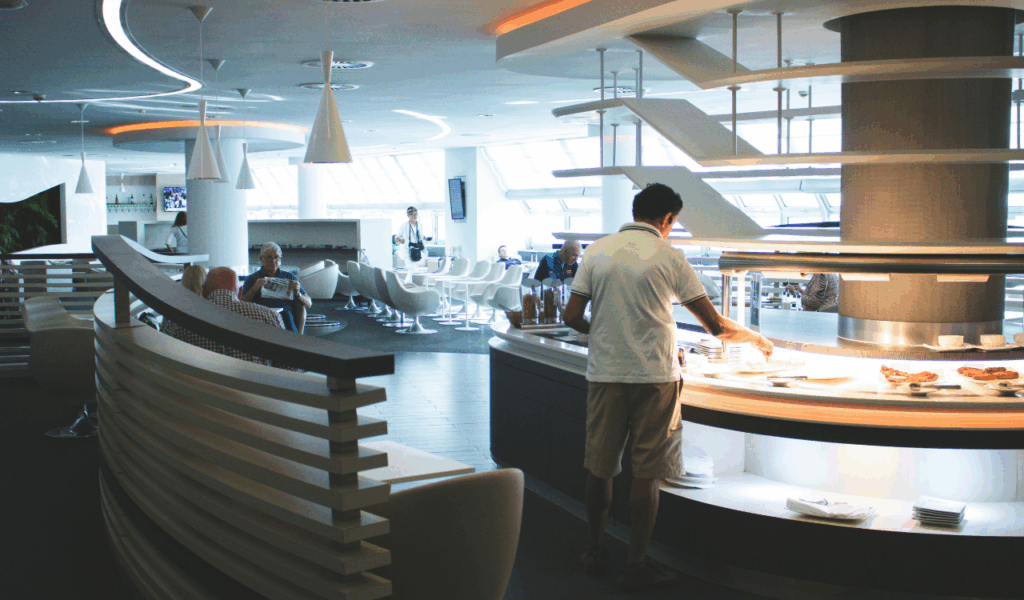
In the late 20th century, buffets became a commonplace casual dining option in the United States. The allure was clear: a set price, a large selection, and additional value. There were numerous Golden Corral and Old Country Buffet chains. However, cracks developed over time. The first indications that customer preferences were changing were the roughly 25% decline in buffet sales in the United States between 2007 and 2017.
Then the pandemic hit, particularly hard on buffets. Buffets were among the first to close in 2020 due to their reliance on communal utensils, open food displays, and continuous restocking. A lot of chains were never reopened. For instance, in May 2020, the salad buffet chain Souplantation closed all 97 of its locations in the United States.
Some chains continued to contract or go bankrupt. Curiously, though, the story did not end with the buffet’s demise; some are currently changing or resurfacing.
Why Buffets Declined: A Perfect Storm of Headwinds
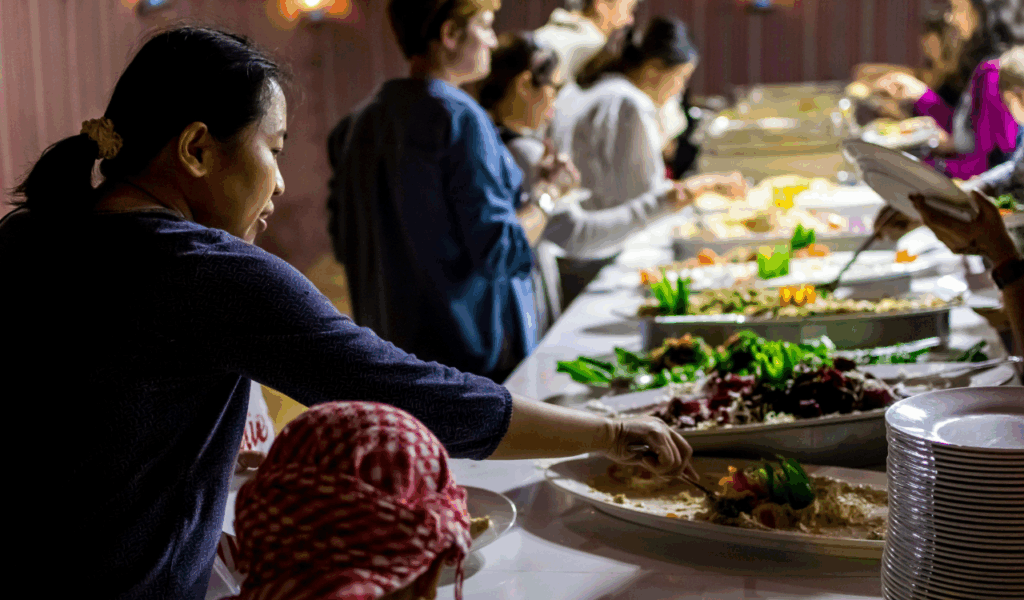
Health, Hygiene, and Consumer Risk Aversion
Buffets are susceptible to being seen as contaminated. In a society more aware of health risks, open food, self-serve menus, and shared utensils make them seem riskier. This mistrust was heightened by the pandemic, and many diners started to think self-serve food lines were dangerous.
Rising Costs, Labor, and Complexity
To keep an eye on, clean, replenish, and manage food waste, buffets need more employees. When customers are able to sample everything, the food cost margin is narrow. Buffet operators found their margins squeezed during a period of rising wages, inflation, and supply disruptions.
Changing Consumer Tastes and Value Perception
Nowadays, a lot of diners would rather have chef-driven experiences, carefully chosen menus, or better ingredients. Some people started to feel that the “all-you-can-eat” model was wasteful or uncreative. The buffet’s one-size-fits-all strategy appeared less appealing as food awareness increased (organic, local sourcing, specialty diets).
Regulatory and Safety Pressures
The logistics of maintaining food at safe temperatures, health regulations, and cross-contamination issues are constant challenges. After COVID, there was more scrutiny. To allay hygienic concerns, some buffets switched to staff-served lines instead of fully self-serve. For instance, when it reopened, Caesars’ renowned Bacchanal Buffet in Las Vegas adopted a partially served model.
Can Buffets Rebound? Signs of a Modern Return
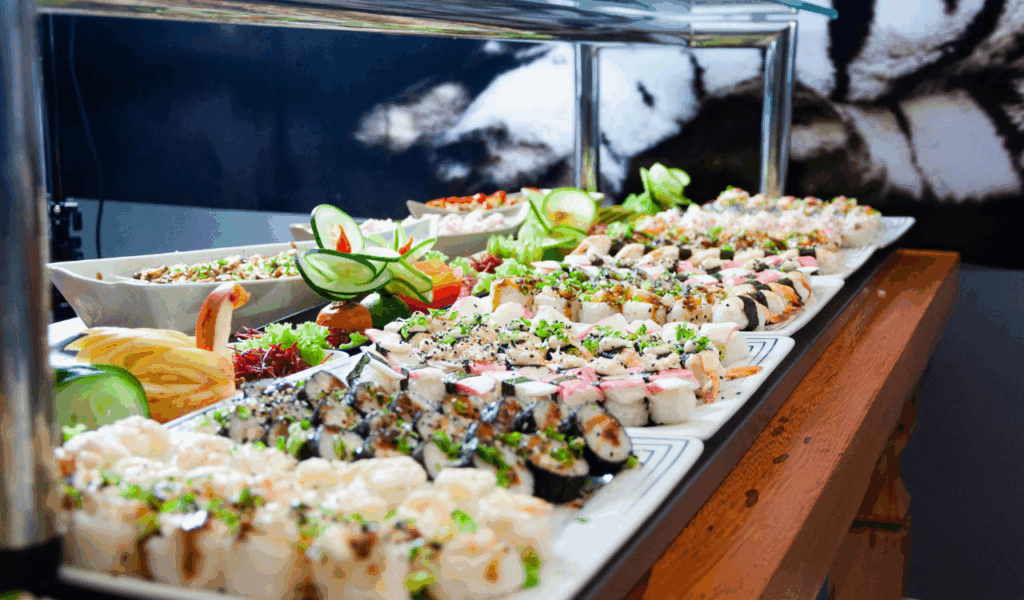
Buffets are not permanently gone, though; in some locations, they are subtly making a comeback with new models.
Adaptation Over Return
A few buffet chains are revamping their designs. They might restrict visits, impose time slots, or combine buffet and à la carte options in place of unrestricted access. Others place more of an emphasis on premium or experiential offerings; consider exotic ingredients, chef demonstrations, or carving stations.
Case Study: Shady Maple Smorgasbord
This enormous buffet in Pennsylvania made it through the “death” of buffets. With cautious operations, strong local loyalty, and hygiene investments, it adjusted even as other chains failed. Despite the collapse of many of its competitors, it continues to thrive, according to Business Insider.
Chains Making a Comeback
Some struggling chains are now rebranding or opening new locations. One buffet chain had modest sales growth and 234 new locations open or under construction by the end of 2024.
According to media reports from 2025, buffet restaurant chains are even making a cautious comeback by focusing on improved layouts, better hygiene, and more obvious value for patrons.
What It Means for Diners and Restaurateurs Today

The buffet that you grew up with won’t just come back, but there may be hybrid forms available to diners, such as carefully planned buffets, temporary “buffet windows,” or upscale buffet-like experiences. More than ever, food safety will be important.
The buffet model still has potential for restaurant owners, but only if it is reimagined. The next steps could involve:
- Reducing waste and crowding through controlled access (time limits, reservations)
- Stations that are guarded or staffed to address hygienic concerns
- Excellent, themed menus as opposed to a plethora of options
- Dedicated customers and effective local marketing to withstand regional changes
- Integration of technology for cost control, demand forecasting, and monitoring
“Eat as much as you want” won’t be enough for a buffet to succeed in 2025 and beyond. It must provide experience, trust, and more intelligent economics.
Conclusion
Value dining is no longer synonymous with the Great American Buffet. It was beaten by health concerns, changing tastes, and financial pressures. However, it might not be extinct because newer, safer, and leaner versions are attempting to resurrect it. This means that diners can still enjoy the nostalgic freedom of wandering through a food line, but with greater purpose. It’s a risky reinvention for restaurateurs because the buffet could end up as a memory rather than a model if they are unable to come up with a new idea.
References
- “The Rise & Fall & Resurgence Of Buffet Chain Restaurants,” Mashed, 2024 (Mashed)
- “How America’s Largest Buffet Survived the Death of All-You-Can-Eats,” Business Insider, 2024 (Business Insider)
- “Once-Struggling Buffet Restaurant Chains Making A Comeback,” Mashed, 2025 (Mashed)
- “Buffet restaurant chains are making a surprise comeback,” Daily Express US, 2025 (Daily Express US)




